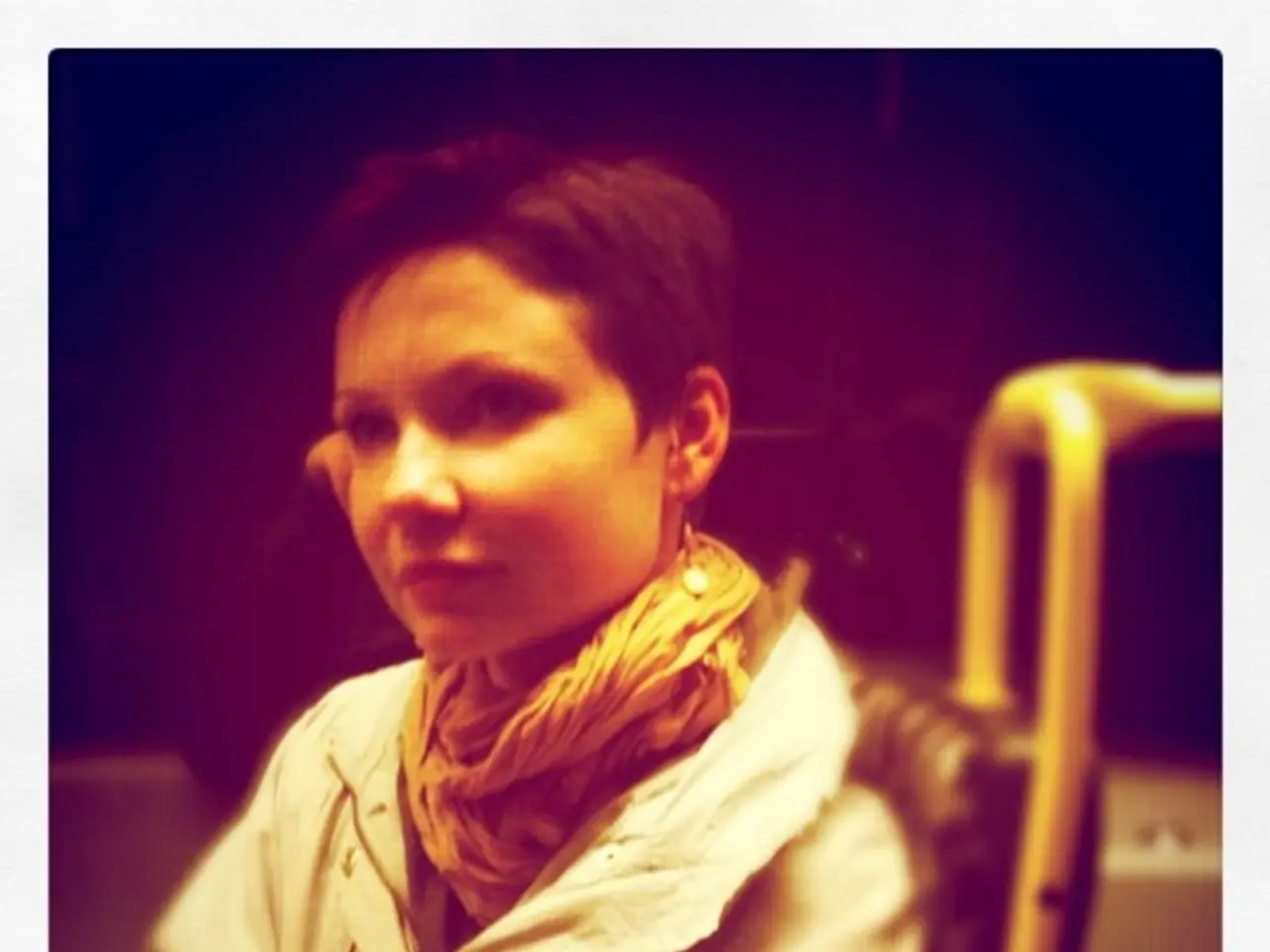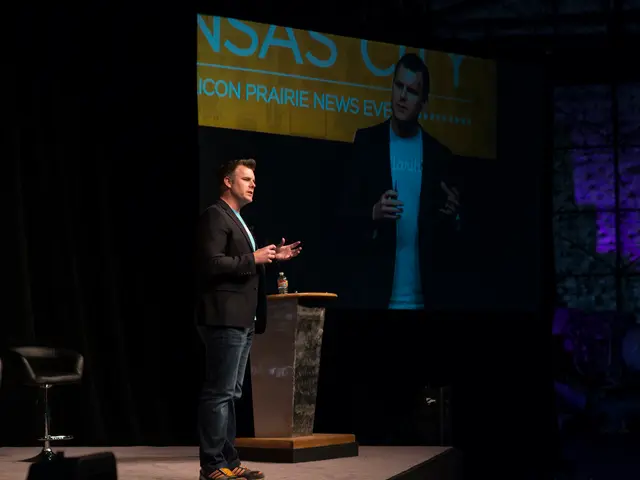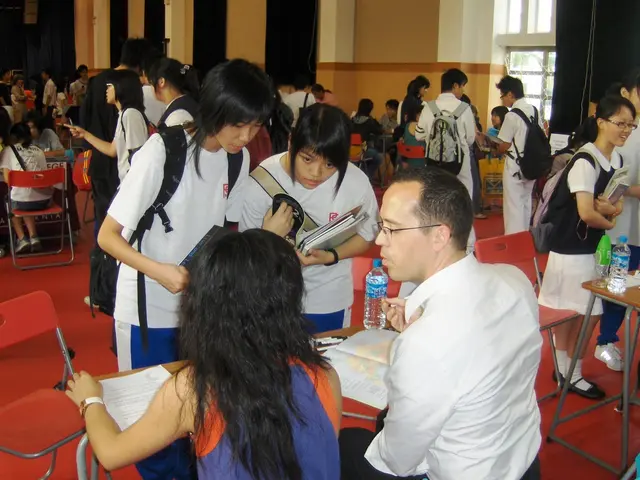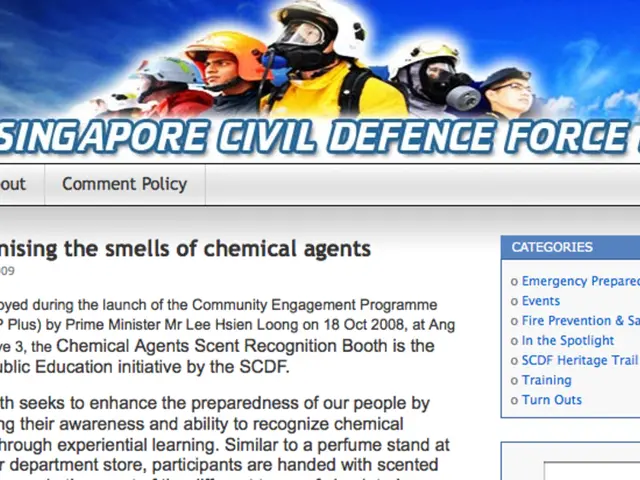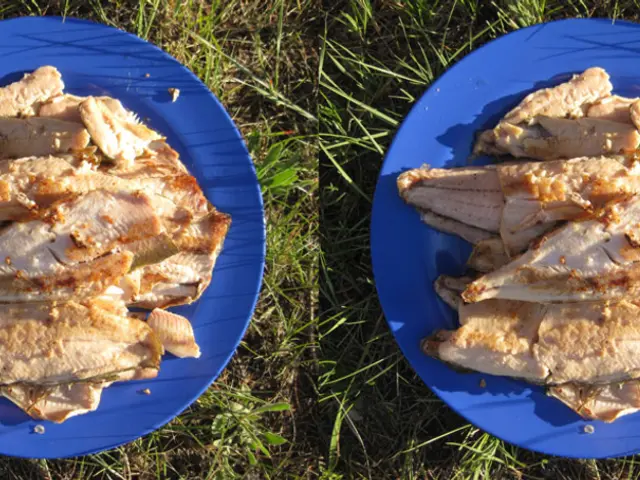Safeguarding Digital Material: Strategies for Preventing Content Theft and Actions to Take When Your Work is Copied Unlawfully
In the digital age, plagiarism has become a prevalent issue, especially for content creators. This article explores various methods to prevent plagiarism, detect it when it occurs, and manage incidents effectively.
Plagiarism, the act of taking someone else's content and publishing it as one's own, not only cheats the original author of the credits for their work but also presents direct financial damage. To protect content, measures such as disabling text selection or photo saving locally, watermarking, and using tools like Copyscape can be effective.
For a more robust detection environment, employing diverse plagiarism and AI-detection tools like Turnitin, GPTZero, PlagScan, PlagiarismSearch, and others, provides a comprehensive solution. One innovative approach is stylometric authorship verification, which analyses a writer's unique writing style to detect inconsistencies that may indicate plagiarism or AI-generated content.
Prevention strategies extend beyond technology. Continuous digital literacy education focusing on intellectual property, ethical writing, and understanding plagiarism consequences helps build a culture of integrity. Internal policies and culture promotion that value transparency and originality also discourage plagiarism. Technical anti-cheating measures, such as disabling copy-paste functions during online assessments, can further hinder content copying.
When plagiarism is detected, a well-planned response system is crucial. Establishing a dedicated response team, including legal, communications, and management representatives, ensures a swift and effective response. Immediate action protocols, such as securing evidence, notifying relevant parties, and temporarily removing disputed content, are essential to contain the issue. A well-structured communication strategy, outlining who communicates internally and externally, and preparing adaptable templates to control the narrative, can minimise reputation damage. Legal steps, such as engaging legal counsel and initiating formal proceedings if necessary, protect intellectual property rights.
Creating Google Alerts for every piece of content published can help in learning of any plagiarism attempts. Writing blog posts longer than 1000 words can deter plagiarists and improve search engine rank. Work the RSS feeds by allowing only shortened feeds or adding a copyright notice to make it harder for content scrapers to work.
In conclusion, a combination of proactive prevention through education and policy, augmented by technical tools, and a well-planned response system, helps both reduce plagiarism occurrence and manage incidents effectively when they arise. The fight against plagiarism requires a collective effort from content creators, educators, and technology developers to ensure originality and integrity in the digital world.
[1] PlagiarismCheck.org [2] Turnitin [3] GPTZero [4] PlagScan [5] PlagiarismSearch
- In the realm of education-and-self-development, online-learning platforms such as PlagiarismCheck.org, Turnitin, GPTZero, PlagScan, and PlagiarismSearch can aid in the prevention and detection of plagiarism.
- To foster a culture of integrity in the digital age, continuous learning about intellectual property, ethical writing, and the consequences of plagiarism is crucial, alongside the use of technological tools for prevention and detection.
